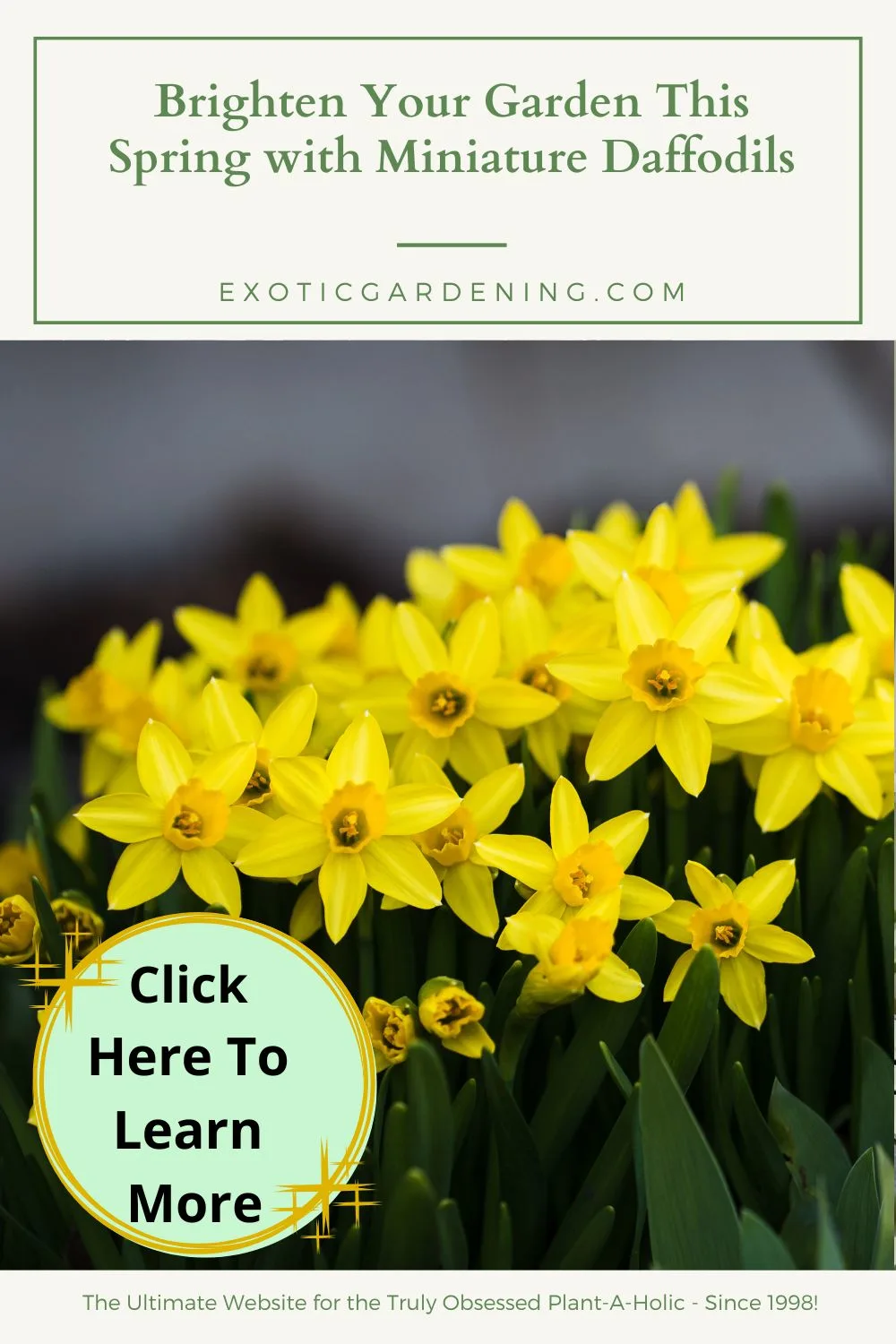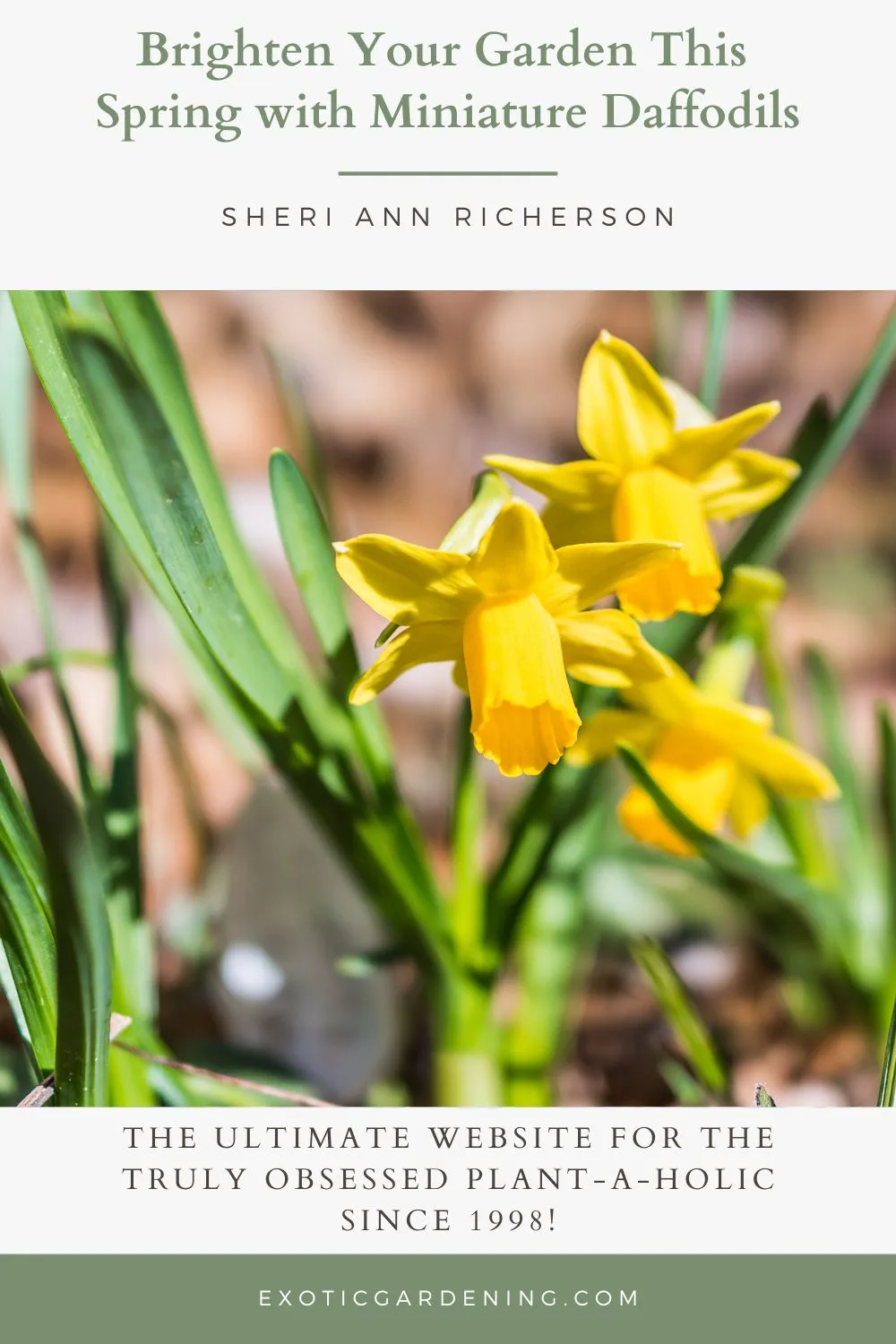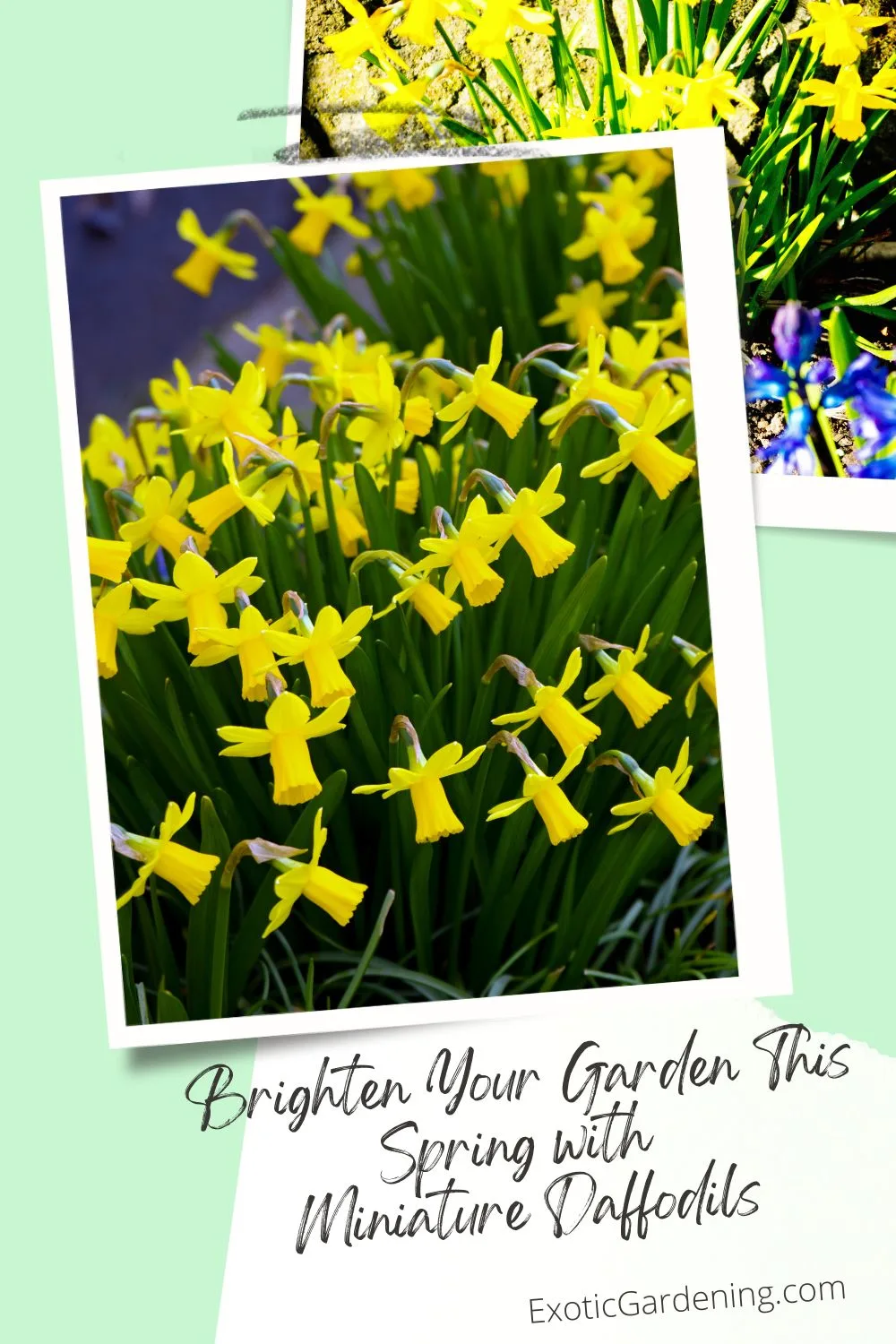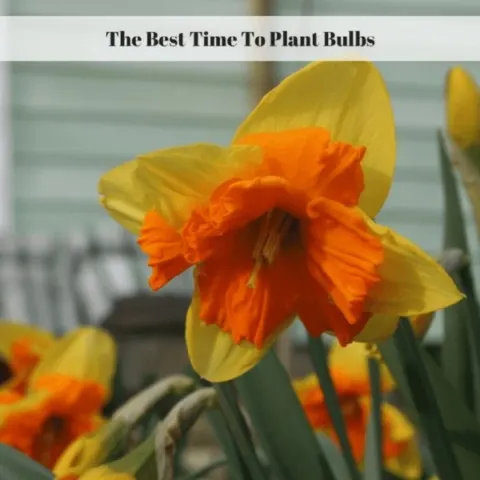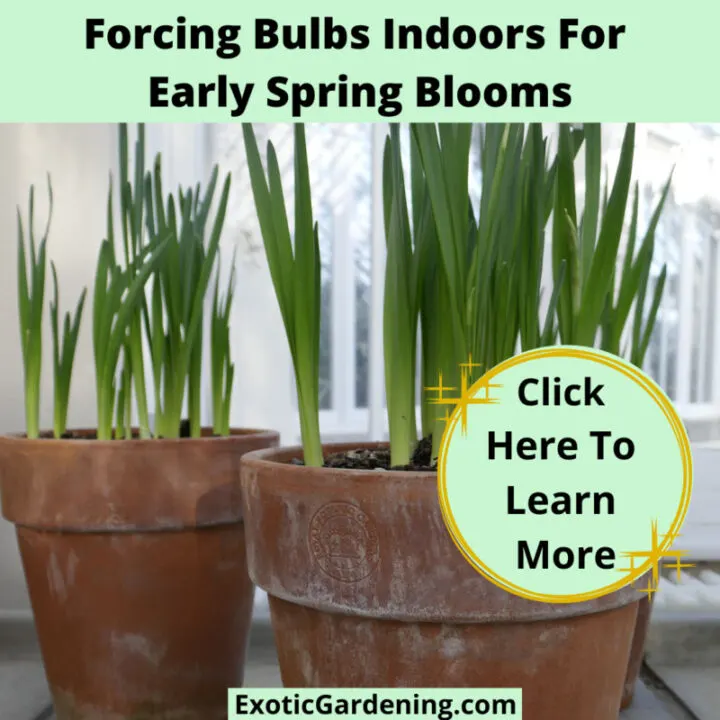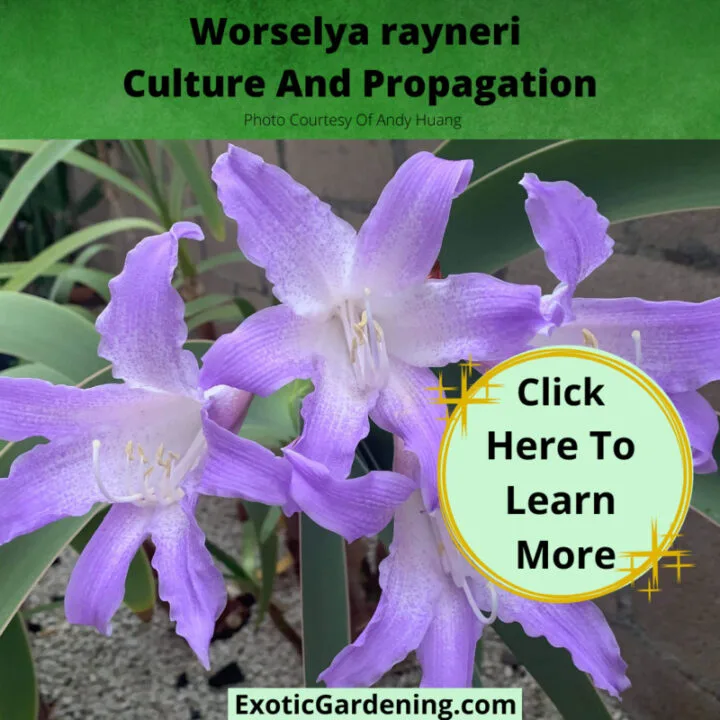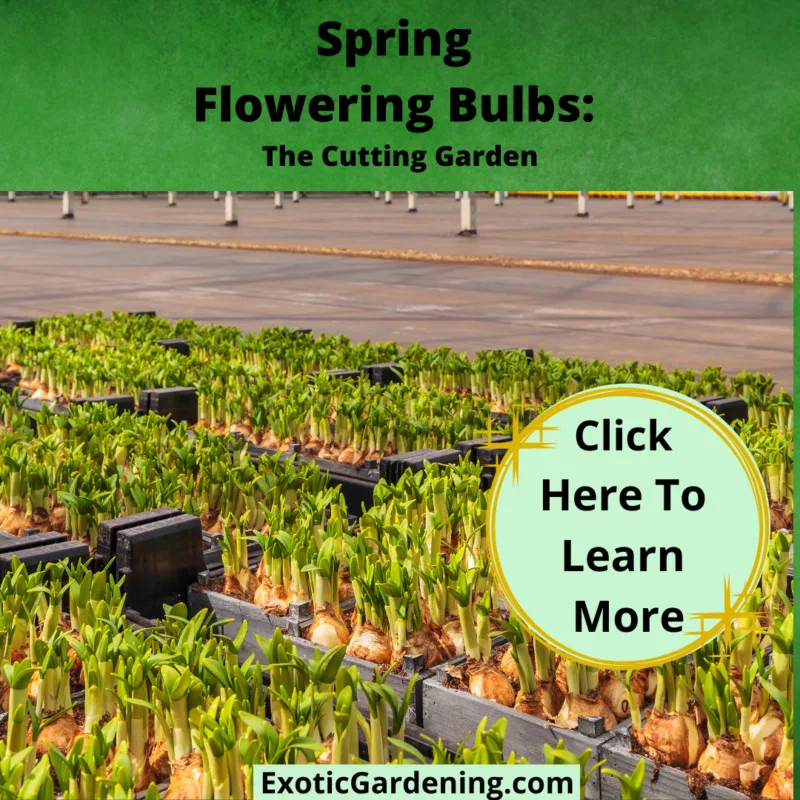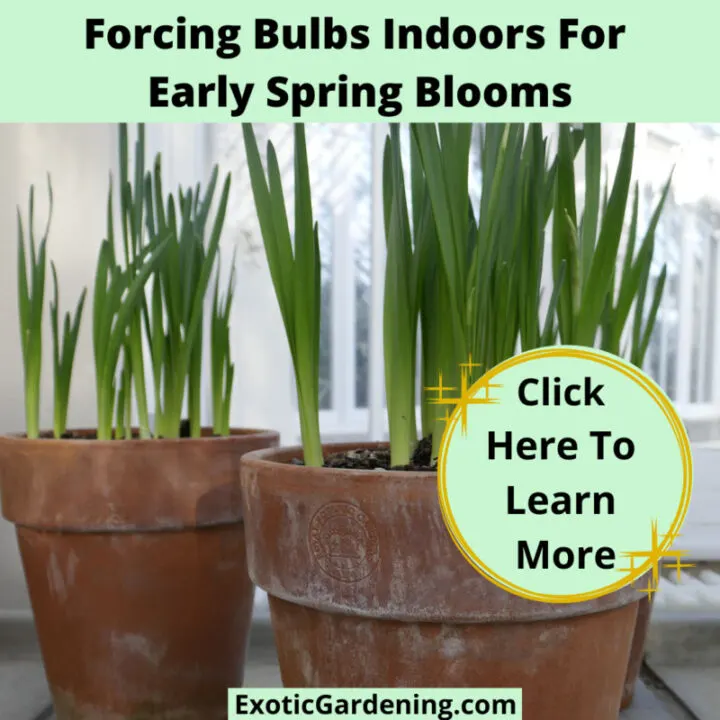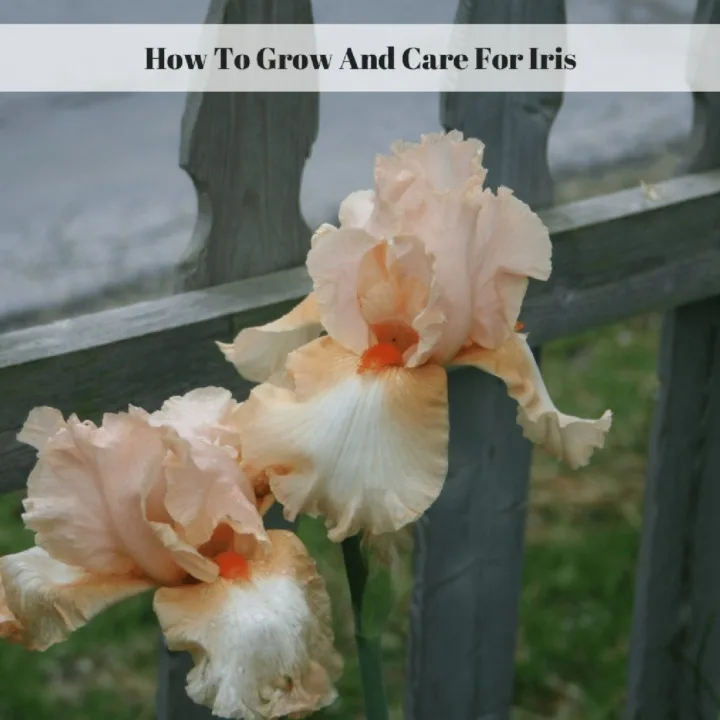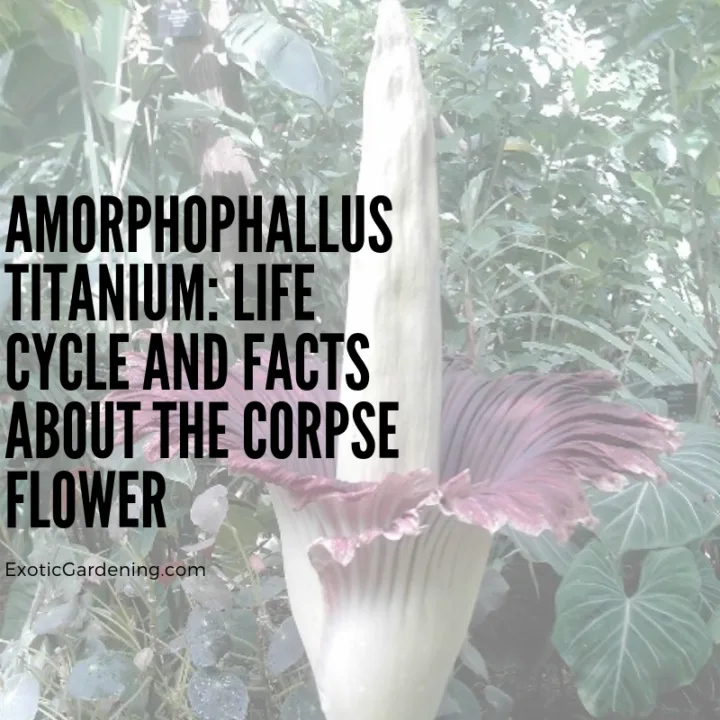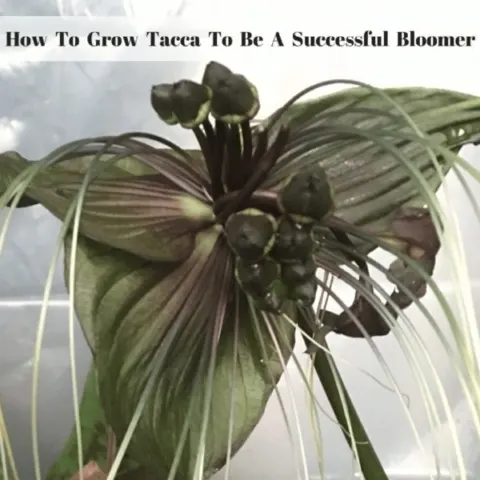Miniature daffodils, with their vibrant yellow and white blossoms, serve as joyful messengers of spring's arrival.
These petite beauties bring a cheerful touch to gardens, signaling the end of winter with their delicate shapes and bright hues.
While traditional tall daffodils have always been a favorite, the charm and versatility of miniature varieties are capturing the hearts of gardeners everywhere.
Perfect for small spaces, rock gardens, or containers, miniature daffodils offer a delightful elegance without overwhelming the landscape.
Many also feature a sweet fragrance, adding another layer of sensory appeal.
Their compact size and resilient nature make them easy to grow and ideal for both seasoned gardeners and beginners.
Miniature daffodils bloom with the same radiant energy as their larger counterparts, offering timeless beauty in a smaller package.
Whether planted in clusters or paired with other spring flowers, they create a stunning, vibrant display in any garden.
Miniature Daffodils are Resilient and Easy to Grow
Daffodils, especially their miniature varieties, are some of the most carefree and rewarding plants for gardeners of all skill levels.
Known for their resilience, these cheerful spring bloomers thrive in a wide range of conditions and can naturalize beautifully, returning year after year with little effort.
Once established, daffodils are highly drought-tolerant, making them ideal for gardeners looking to reduce water usage while still enjoying vibrant displays of color.
One of the standout qualities of daffodils, including miniatures, is their resistance to common garden pests.
Deer and squirrels, notorious for ravaging flower beds, steer clear of daffodils due to the toxic compounds present in their bulbs and foliage.
These natural defenses mean you can plant daffodils with confidence, knowing they’ll remain undisturbed.
For gardeners frustrated by squirrels digging up other bulbs, incorporating Narcissi spp. into your garden can serve as a protective barrier, safeguarding your delicate blooms from damage.
Their low-maintenance nature also makes daffodils a top choice.
Whether planted in the ground, tucked into rock gardens, or used in containers, they require minimal care beyond well-drained soil and a sunny or lightly shaded spot.
Once the bulbs are planted in fall, you can sit back and let nature take over.
Come spring, these hardy plants will reward you with their bright, cheerful blossoms—a promise of warmer days ahead.
A Kaleidoscope of Colors and Shapes
When you think of daffodils, bright yellow petals and sunny trumpets might come to mind, but the world of daffodils offers so much more than this classic image.
Over the years, dedicated breeders have expanded the color palette, introducing shades of soft pink, creamy white, and warm apricot.
These hues bring a sophisticated charm to gardens, making daffodils versatile enough to suit any landscape or design theme.
Whether you’re aiming for a traditional spring garden or a more modern and unexpected color scheme, there’s a daffodil to fit your vision.
Miniature varieties, in particular, boast a delightful range of shapes and forms.
From the timeless elegance of single blooms with their clean lines and simplicity to the intricate beauty of double-flowered varieties, these petite daffodils captivate gardeners with their variety.
Double blooms often feature layers of ruffled petals, giving the flowers a lush, almost peony-like appearance.
Other varieties may have swept-back petals, creating a windswept look that adds movement and texture to your garden.
This diversity extends beyond aesthetics, too.
Some miniature daffodils are bred for their sweet fragrance, adding an extra sensory layer to their appeal.
Others feature unique trumpet shapes or delicate cluster arrangements, making them standout stars in mixed plantings.
Whether you’re planting them in garden beds, rock gardens, or containers, miniature daffodils offer endless possibilities to create a personalized, vibrant display that evolves beautifully from season to season.
Top Miniature Daffodils for Every Season
Here’s a curated list of miniature daffodils that can provide continuous color from early to late spring:
Early-Season Varieties
- Narcissus ‘Jack Snipe’: A delicate beauty with white petals and a golden trumpet, growing to 20 cm.
- N. ‘Tete-A-Tete’: A classic choice with cheerful yellow blooms that signal the start of spring.
Mid-Season Blooms
- N. ‘Minnow’: Tiny clusters of pale yellow flowers with a sweet fragrance.
- N. ‘Rip Van Winkle’: A standout with its spiky, double blooms in vivid yellow, standing at 15 cm.
Late-Season Gems
- N. ‘Baby Moon’: Petite golden blooms with a soft, enchanting fragrance.
- N. ‘Bridal Crown’: Creamy, double blooms with a heady scent.
- N. ‘Hawera’: Elegant pale yellow flowers on slim stems, ideal for containers.
- N. ‘Canalisulatus’: A unique variety that adds visual interest to any garden.
Plant these bulbs in clusters of 20 or more for a stunning display that appears to dance in the breeze.
Caring for Miniature Daffodils
Caring for miniature daffodils is a simple and rewarding process, making them a fantastic choice for gardeners who appreciate low-maintenance blooms.
These hardy little flowers thrive with minimal attention, yet their bright blossoms bring endless joy to any garden.
One key aspect of their care is understanding the importance of their foliage.
Unlike many other flowering plants, daffodils should never be pruned or deadheaded immediately after blooming.
Once the flowers fade, the green leaves remain, playing a critical role in the plant’s lifecycle.
Through the process of photosynthesis, these leaves produce the energy needed to recharge the bulbs for the following year’s display.
It’s essential to let the foliage wither naturally—this allows the nutrients to return to the bulb, ensuring a healthy and robust bloom cycle for years to come.
While the dying leaves may not be the prettiest sight, you can plant companion plants, such as perennials or low-growing ground covers, to help camouflage the fading foliage without disturbing the bulbs.
Miniature daffodils also appreciate well-drained soil and a sunny or lightly shaded location.
Once planted in the fall, they require little additional care apart from occasional watering during dry spells.
There’s no need for fertilizers or constant maintenance—these hardy flowers will flourish with minimal effort.
For gardeners seeking long-lasting beauty and ease, miniature daffodils are a perfect choice that promises reliable blooms and vibrant cheer every spring.
Design Tips for Miniature Daffodils
Miniature daffodils are a delightful addition to any garden, and with a little planning, you can create stunning displays that last throughout the spring season.
One of the best ways to ensure a continuous burst of color is to mix early, mid-season, and late-blooming varieties.
This layering approach extends the blooming period and keeps your garden vibrant while minimizing the visibility of fading foliage.
By carefully selecting varieties that bloom in succession, you can enjoy a seamless progression of cheerful blooms.
To enhance the visual impact, pair miniature daffodils with other spring favorites like crocuses, grape hyacinths, or tulips.
These companions not only complement the colors and forms of daffodils but also add variety and richness to your garden beds.
Choose flowers with contrasting heights and textures to create a lush, coordinated look that draws the eye.
For instance, the delicate spires of grape hyacinths can provide a lovely backdrop for clusters of petite daffodils.
Miniature daffodils are also a fantastic choice for containers and window boxes.
Their compact size makes them ideal for small spaces, where their charm can be appreciated up close.
Consider planting them alongside trailing ivy, which cascades gracefully over the edges, or ornamental grasses, which add movement and texture.
For a more whimsical touch, mix them with violas or pansies in complementary colors.
Whether planted in garden beds, rock gardens, or containers, miniature daffodils offer endless design possibilities, bringing a fresh, vibrant feel to any space.
Let your creativity guide you as you experiment with these versatile blooms!
Did You Know? The Patience Behind Daffodil Cultivars
Bringing a new daffodil variety to life is a true labor of love, requiring incredible patience, skill, and dedication.
It can take anywhere from 15 to 20 years of careful breeding and testing before a new daffodil cultivar makes its debut in the market.
This lengthy process begins with cross-pollination, where breeders combine the best traits of two parent plants to create seeds with unique potential.
These seeds are then planted and nurtured, but it may take several years before the resulting plants bloom, revealing whether they possess the desired characteristics.
Even after the initial flowering, the real work begins.
Breeders evaluate these new varieties for beauty, resilience, disease resistance, and adaptability to different climates and conditions.
Only a small percentage of seedlings will meet the high standards required for commercial release.
Breeders also ensure the new daffodils are reliable bloomers and capable of multiplying healthily over time.
This meticulous process guarantees that gardeners receive not only stunning flowers but also robust, dependable plants that will thrive in their gardens.
From introducing unusual colors like soft pinks and creams to creating unique forms like double blooms or swept-back petals, breeders continuously push the boundaries of what daffodils can offer.
The next time you admire a beautiful daffodil, remember the years of dedication and innovation behind it.
These cultivars are a testament to the enduring passion of breeders who strive to share nature’s beauty with the world, one exquisite flower at a time.
Timing Is Everything
The key to daffodil success lies in proper planting.
Aim to plant your bulbs in the fall, at least 4-6 weeks before the ground freezes.
This gives the bulbs time to establish their roots before winter sets in.
When spring arrives, your garden will be bursting with radiant blooms that signal the season’s arrival.
Whether you’re working with a sprawling garden or a tiny urban balcony, miniature daffodils are a delightful addition.
Their cheerful blooms, ease of care, and versatility make them a favorite for gardeners of all levels.
So why wait?
Start planning your miniature daffodil display today and let your garden be the radiant canvas for spring’s joyful arrival.
Bulbs and Rhizomes
Dive into the fascinating world of bulbs and rhizomes with our curated collection of blog posts! Whether you're a seasoned gardener or just starting your journey, you'll find everything you need to plan, plant, and care for these stunning plants. From classic spring favorites like tulips and daffodils to summer showstoppers like gladiolus and cannas, our posts cover a wide variety of blooms to suit any garden style.
Learn how to choose the best bulbs and rhizomes for your region, plant them at the right time, and care for them season after season. With expert tips on soil preparation, watering, and pest resistance, you’ll be equipped to create a garden that’s vibrant and thriving.
Explore the endless possibilities and let these versatile plants bring bursts of color and texture to your garden year-round. Start planning your dream garden today!
Daylilies: Attractive, Colorful, Easy To Grow Garden Gems
Daylilies are popular garden plants that are colorful, easy to grow and multiply rapidly. They are also drought tolerant.
Worselya rayneri Culture And Propagation
Learn how to grow, flower and propagate the endangered plant, commonly known as the Empress Of Brazil, Worseyla rayneri.
How To Grow Amaryllis
Learn how to grow Amaryllis from seed as well as how to care for your Amaryllis plant indoors and what to do with it after flowering.
Bulbs to Plant In January: Get a Head Start on Cut Flower Production
Plant bulbs in January in a heated greenhouse to get a head start on cut flower production. Then interplant herbs, vegetables and annuals.
Spring Flowering Bulbs: The Cutting Garden
Plant spring flowering bulbs in the greenhouse or even indoors in February and March for gorgeous blooms in spring or mid-summer.
Forcing Bulbs Indoors For Early Spring Blooms
Forcing bulbs indoors is a great way for those without greenhouses to have flowers in bloom during the winter months.
Blooming Brilliance: Mastering Spring-Flowering Bulbs in Hot Climates
Discover the secrets of coaxing bulbs to bloom in hot climates. Get expert tips for vibrant, resilient floral displays.
How To Grow And Care For The Albuca Species
Learn how to grow and care for the Albuca species. While most people start with a live plant, seed starting information is also included.

